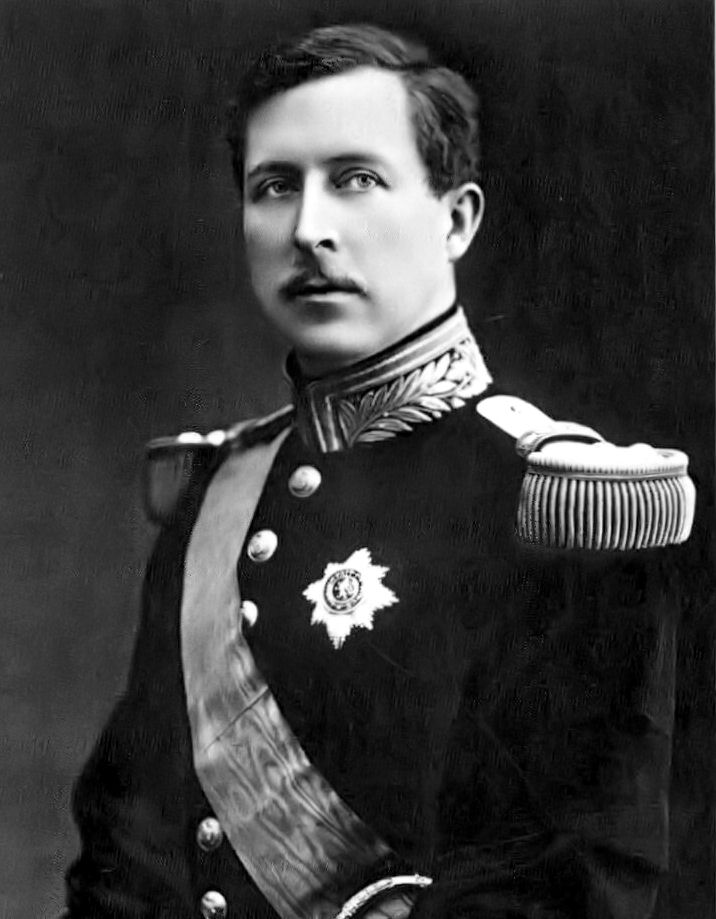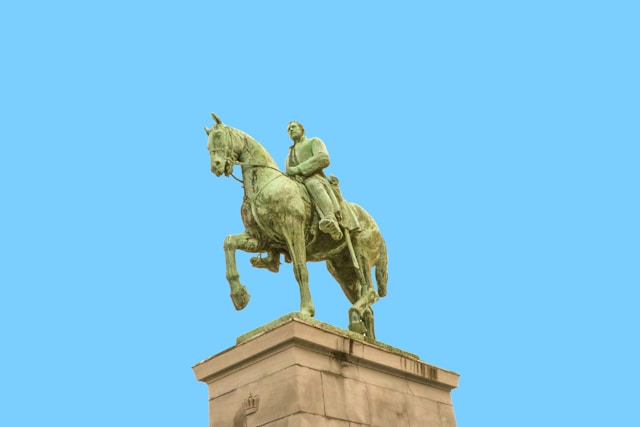
King Albert I was a Belgium king who ruled from 1907 to 1934. He led Belgium during the first world war in repelling the German invasion. Other eventful events during his reign include the ruling of Belgian Congo, the reconstruction of Belgium after world war 1, and the great depression. King Albert considered an essential figure in Belgian history. In addition, people also considered him as the soldier king in reference to his role during world war 1.
The background of King Albert
Albert was the son of Prince Philippe and Princess Marie of Hohenzollern. He was born on 8 April 1875 in Brussels. During his early time, King Albert received a military education by joining the regiment of grenadiers. Despite his years in the military, Albert’s principal interest was related to economic development, mechanic, and engineering development.
Also during his youth, young Albert seriously concerned with the situation of the working class in Belgium. He personally traveled around working-class districts incognito and observe the people’s living conditions. He also made a visit to Belgian Congo, where he noticed the annexed country to be in poor condition. Upon his ascension, King Albert made some reforms to protect the native population in the colony and technological reforms in both Belgium and its colony.
The Breakout of the first world war
When the first world war break out, Germany invaded neutral countries like Belgium and Luxembourg. This invasion considered to be a part of schliefflen plan. This plan comprises the German army to march rapidly through Belgium with an attempt to capture Paris in a short period of time. Invading neutral countries will catch the French off guard since they will not expect the German invasion to come from the Belgian border.
What was Belgium’s role in WWI?

On 2 August 1914, the German government sent an ultimatum to the Belgian government. They demanded the Belgian open their border and let the German armies march through their territory. Hearing this demand, the Belgian rejected this ultimatum and King Albert addressed the parliament on 4 August 1914. In his speech to the parliament members, he addressed that Belgium is in grave danger and they need to defend their existence and independence. On the same day, the German military launched a devastating attack across the Belgian border.
A lot of Parties knew that the small Belgian forces will be wiped out by the bigger German forces. Against all odds, the 220,000 Belgian troops were able to slow down 1 million German troops from entering its territory. In the end, the Germans successfully controlled the Belgian major cities and territories. However, their sacrifice allows the French and the British enough time to mobilize their forces and aid the remaining Belgian forces.
What did King Albert I do during WWI?

Belgium started the first world war in a disadvantageous position. They were totally outnumbered and outgunned by the Germans. However, the Belgian people were quite fortunate for having their king leading his countrymen throughout the conflict. Additionally, King Albert’s family followed his example too! His wife, Queen Elisabeth of Bavaria joined the nurse to treat the armies at the front. Whereas, the king allowed his 12 years-old son, Prince Leopold to enlist in the Belgian military.
During this conflict, King Albert directly supervise his troops by heading to the front lines and inspecting the defenses. One of his highlights in the conflict occurred during the Siege of Antwerp. He personally led the defense while the German troops bombarded the city and its surrounding forts. Eventually, the city fell to the Germans and the allies retreated behind the Yser river, which considered being the last remaining stronghold of Belgium.
During this vital moment, King Albert led the Belgians in defending their remaining territory. The territory behind the Yser river was successfully defended by the allies. After weeks of attacks, the Belgians and French decided to flood the area surrounding the river, which create a barrier for the invading force. This successful action forced the battle around the river to be settled into trench warfare. At the end of the war, King Albert commanded a counter-offensive known as the Fifth battle of Ypres. The allies successfully advanced up to 29km in only a few days. The counter-attack did not stop and continued with the battle of Courtrai. In the end, the Allied troops recaptured the Belgian major cities, which marked the liberation of Belgium. Finally, the royal family reentered Brussels with a hero’s welcome.
King Albert’s legacy after the war

Following the armistice, King Albert joined the Paris peace conference to discuss the peace treaty after the conflict. Additionally, he also introduced a new policy called the introduction of universal male suffrage. This new reformation will allow all male citizens to vote regardless of their status, wealth, age, religion, and other qualifications. It is sometimes summarized as “one man, one vote”. For the next 15 years, Albert led his nation in rebuilding public-works construction and redevelopment of industries destroyed during the war.
Unfortunately, King Albert died during a rock climbing accident in 1934. His death shocked Belgium and the world. Like his predecessors, King Albert was buried in the royal crypt located at the Church of Our Lady of Laeken, Brussels. Until today, the Belgian considered King Albert highly as a hero and liberator that saved Belgium’s independence. Albert himself received acknowledgment and military awards from different countries, especially during his time in the first world war.
Further Read
https://www.firstworldwar.com/features/albert.htm
https://catholicreview.org/how-belgiums-catholic-king-led-nation-through-wwi-and-its-darkest-days/
https://historycollection.com/belgian-royal-family-served-frontline-side-side-subjects-ww1/3/
